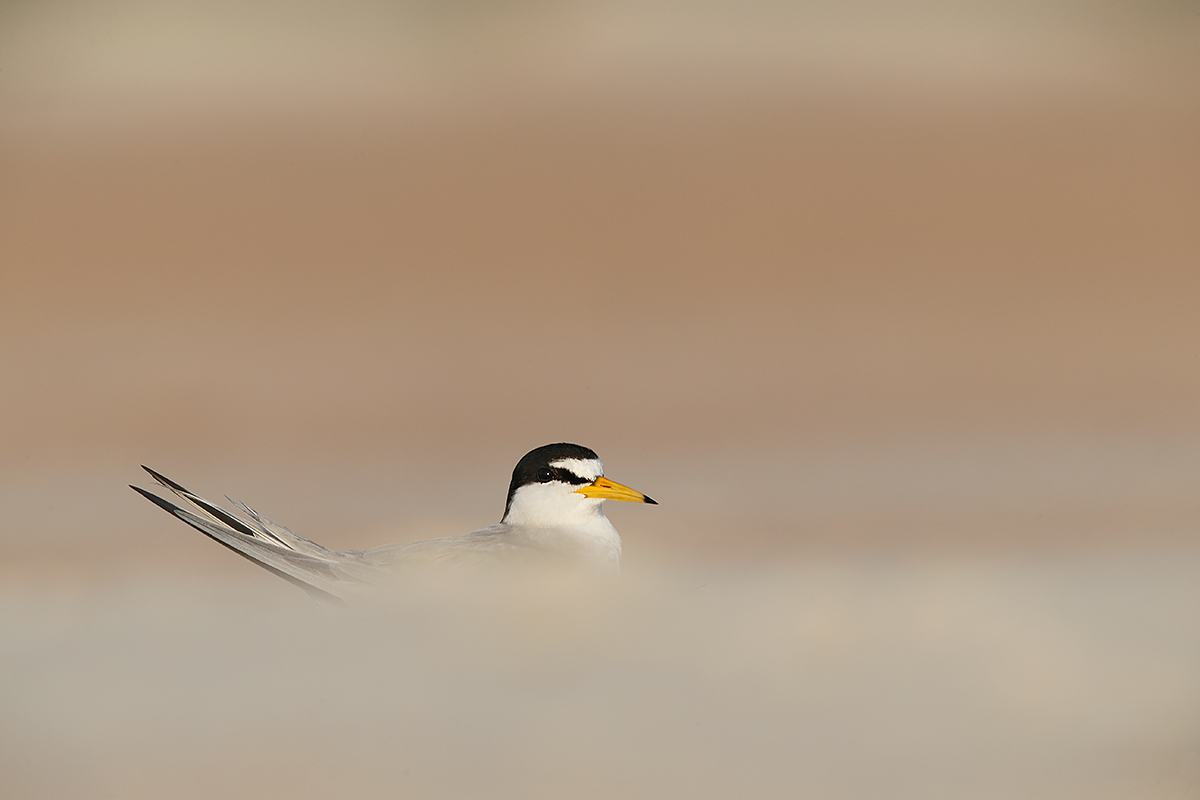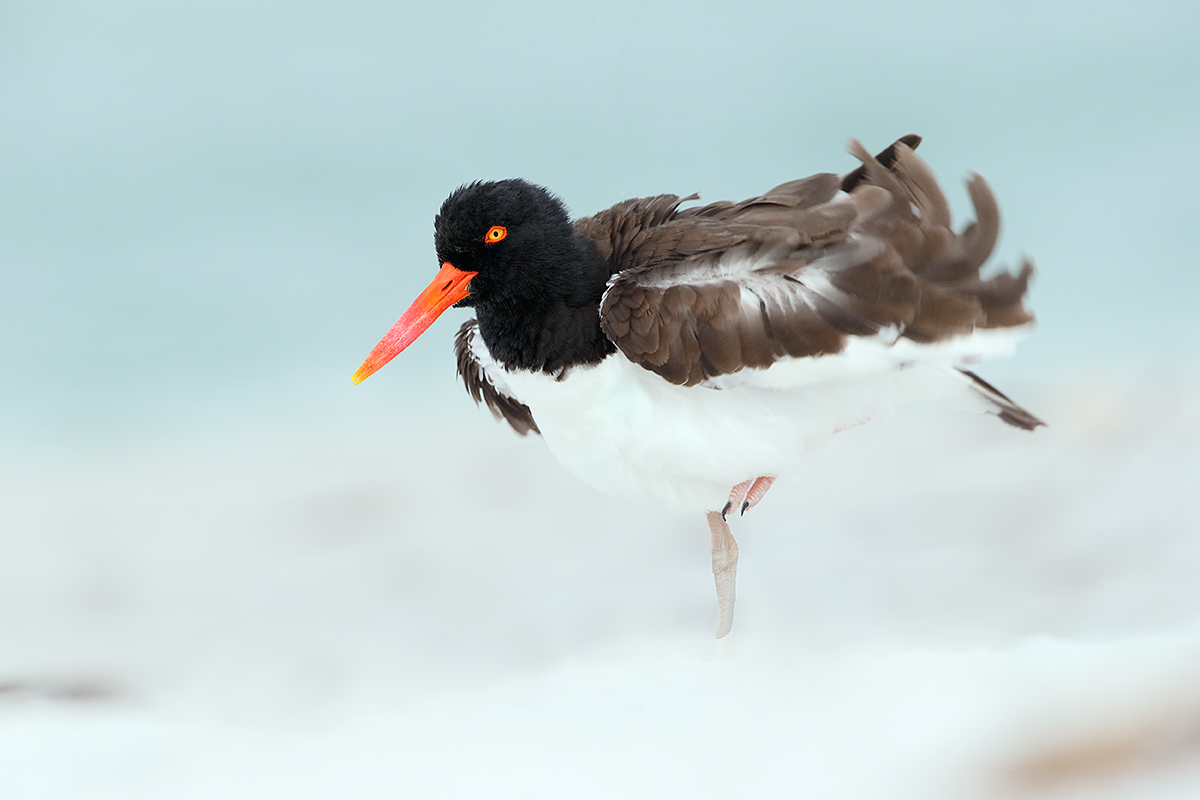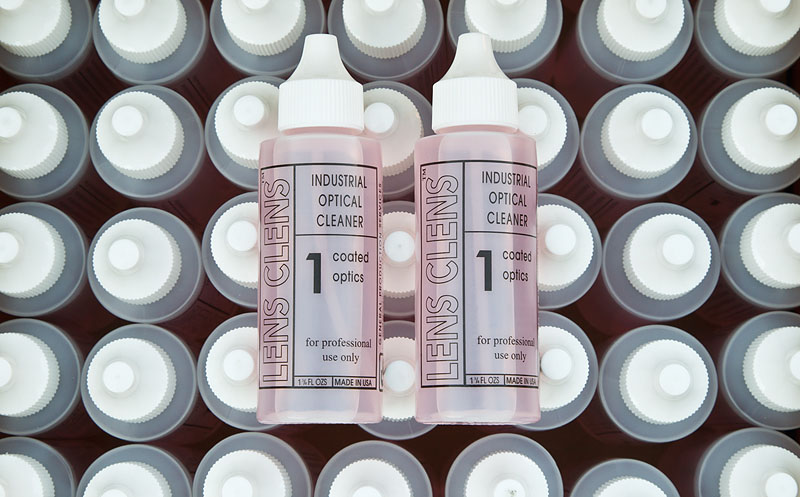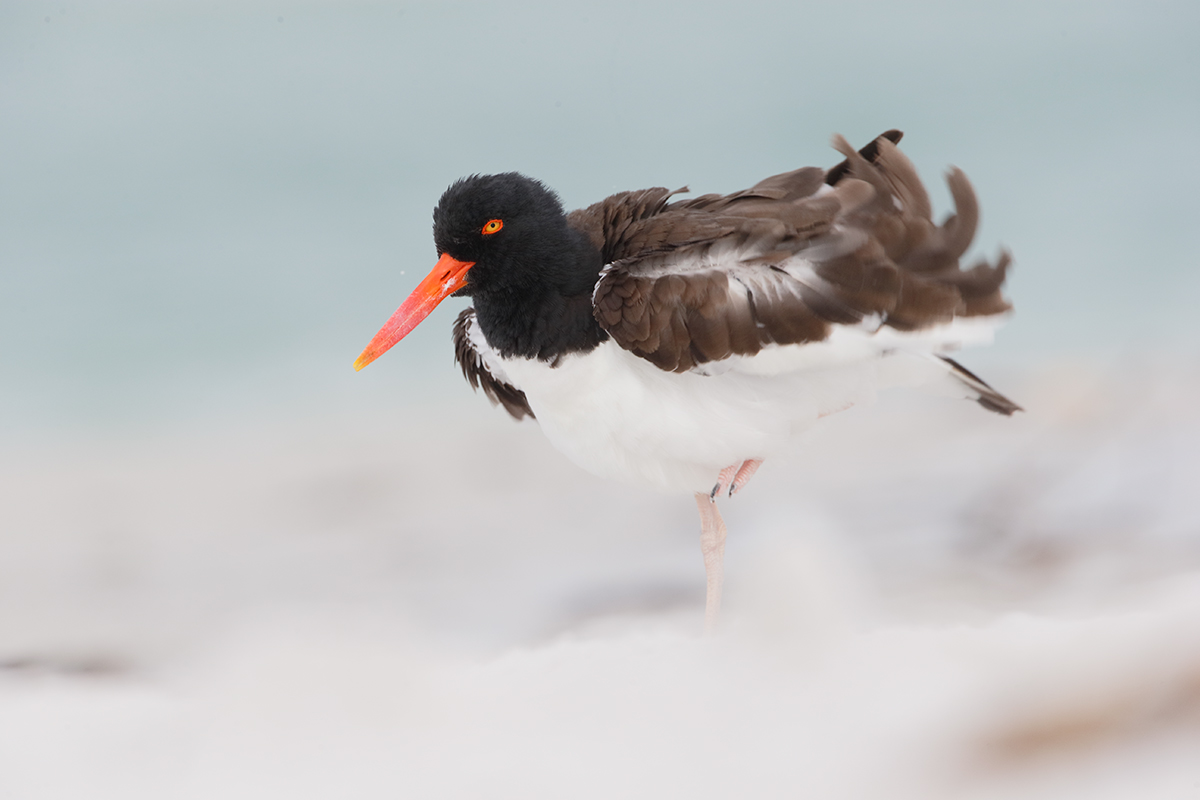The Streak Continues: 167
This post marks 167 consecutive days with a new educational blog post. With so many folks getting in the habit of using our B&H links and our Amazon logo-links why quit now? April was a record month! To show your appreciation for my efforts here, we do ask that you use our the B&H and Amazon affiliate links on the right side of the blog for all of your purchases. Please check the availability of all photographic accessories in the BIRDS AS ART Online Store, especially Gitzo tripods, Wimberley tripod heads, and the like. We sell only what I used, tested, and can depend on. We will not sell you junk. We know the tools that you need to make creating great images easy and fun. And we are always glad to answer your gear questions via e-mail.
You can find the following items in the store: Gitzo tripods, Mongoose M3.6 and Wimberley heads, plates, low feet, and accessories, flash brackets, , Delkin e-film Pro Compact Flash Cards, LensCoat products, and our unique line-up of educational materials including ABP I & II, Digital Basics, Site and Set-up e-Guides, Canon and Nikon Camera Users and AF e-Guides, and MP-4 Photoshop video tutorials among others.
I would of course appreciate your using our B&H affiliate links for all of your major gear, video, and electronic purchases. For the photographic stuff mentioned in the paragraph above we, meaning BAA, would of course greatly appreciate your business. Here is a huge thank you to the many who have been using our links on a regular basis and visiting the BAA Online store as well.
This post took 2 1/2 hours to put together. Enjoy!
|
This image was created at Matanzas Inlet the early sunny morning after the St. Augustine IPT ended with the splayed Gitzo 3532 LS carbon fiber tripod, the Mongoose M3.6 head, the Canon EF 600mm f/4L IS II USM lens, the Canon Extender EF 2X III, and the Canon EOS-1D X. ISO 400. Evaluative metering +1 2/3 stops as framed: 1/500 sec. at f/10 in Av mode. AWB. Central Sensor/AI Servo/Rear Focus AF on the bird’s eye and re-compose. Normally, When I add the 2XIII TC to an f/4 lens with the 1DX or the 5D III I hit the MFn button once to toggle to AF Expand and enjoy 4 extra AF sensors with Expand. But with the bird’s eye right behind the sand ridge I left only the central sensor active to ensure being able to attain AF in a possibly difficult situation. Learn everything there is to know about the 1D X and 5D III AF systems including how to manage the various AF Area Selection Modes, when to use which one, and several ways to move the AF sensor around in the 1D X AF Guide and the 5D Mark III User’s Guide. Click here to see the latest version of the Rear Focus Tutorial. Click on the image to see a larger version. . Image #1: Least Tern on nest in heaven |
Creating the “In Heaven” Look
It is fairly easy to create the “In Heaven” look if you are able to lie in the sand on a beach where there are birds. Simply look for a situation where there is a ridge or a berm of sand between you and the subject. Above, I was photographing a closer nest when I saw another Least Tern on a nest just behind a ridge of sand. I was able to attain AF as noted in the image caption above; I had been worried that the intervening ridge of sand might hamper my efforts. By luck, I was at the perfect height.
|
This image was created on a cloudy morning on the Fort DeSoto IPT with the hand held Canon EF 300mm f/2.8L IS II USM lens, the Canon Extender EF 2X III, and the Canon EOS-1D X. ISO 800. Evaluative metering +1 1/3 stops as framed: 1/800 sec. at f/9 in Manual Av mode. AWB. One sensor up from the Central Sensor (not sure why on that…)/AI Servo-Surround/Rear Focus AF as originally framed (on the spot where the hood met the near wing) was active at the moment of exposure. Click here to see the latest version of the Rear Focus Tutorial. Click on the image to see a larger version. Image #2: American Oystercatcher–adult ruffling in heaven |
More Flexibility When Hand Holding
With the oystercatcher image, I would have pretty much been dead in the water had I been on a tripod; I would have been much too low and most of the bird would have been hidden behind the berm. Hand holding the 300II/2X III TC combo allowed me to easily get well higher by propping myself up on my elbows. Then the bird ruffled and made my day.
The Stronger Image?
Please take a moment to leave a comment and let us know which of the 2 images here is the stronger image. And why.
Dealing with Sand
Whenever folks see or hear of my getting down and dirty on a beach they usually say, often in a whiny voice, “But I’d get sand on my camera and lens if I did that!” Well guess what. I always get sand and mud and dirt on my camera and lens when I get low on a beach or in a field. I keep a paint brush in my vest and brush off the sand when I have a chance. If I get the camera body really dirty I will take an old t-shirt with some Lens Clens and clean it up. Most days I have both in one of the large pockets of my Xtrahand vest so that I can do a fast and dirty job right there on the beach. Denise’s private client Brent Bridges had a can of compressed air with him on the beach and kindly shared it with others. Though I almost always have the Lens Clens with me in the field along with my old tattered t-shirt, I rarely remember to throw in a small plastic bag with a few Q-tips in it. They are great for cleaning viewfinders….
The only excuse for not getting down flat while photographing on a beach is that you are physically unable to get back up. I am not there yet 🙂
|
Lens Clens |
Lens Clens
I have been using Lens Clens to clean my gear for about 15 years. Their #1 version is designed for coated optics. That is all that I use and is the only Lens Clens product that we carry. I keep a bottle on my desk to clean my laptop screen, a bottle in my X-tra Hand vest for use in the field, a bottle in the Think Tank Rolling Bag that holds an amazing amount of my gear most of the time (including the time that I spend on planes), and,when I am not flying, a bottle in my laptop bag and my luggage for emergency use, i.e., when I can’t find one of the other bottles (which is often).
In the field I put a few drops of Lens Clens on the absorbent cotton that I keep in my vest or on an old, clean, t-shirt, clean the front element of the lens that needs cleaning, and then use a second dry piece of cotton or a dry section of the t-shirt to polish the surface. If I am cleaning the lenses inside at home, I always use an old cotton undershirt. If I am in a motel I use a dirty cotton undershirt. I moisten one part of the shirt, clean the front element, and then use a dry portion of the shirt to polish it.
Now here’s the best part: on rare occasion, I actually do clean the outer surfaces of my camera bodies and lenses, especially if I have abused them with dirt or mud (as I do often…) Same deal except that I put more of the Lens Clens fluid on the the undershirt than I do when cleaning the front elements of the lenses. I also keep a few Q-tips in my vest. I moisten one end of a Q-tip to clean the viewfinder. Then I polish it with the dry end. Lastly I break the cotton off one end, wrap some cotton or a corner of the undershirt around the shaft, and finish polishing the viewfinder at the same time as I get into the corners. For the laptop screen it’s moisten-the-t-shirt time again.
Not only is the stuff designed to be 100% safe with all the glass and all the surfaces of your gear, it will get your stuff cleaner than you have ever seen it since it came out of the box. And it dries in seconds. (Do not of course be tempted to use it on the sensor of your camera; that’s what Lens Pens and Sensor Scopes are for.)
I began to investigate the possibility of adding Lens Clens to our mail order line-up as it met the two major criteria: I use it all the time and it works. The final straw was a comment by IPT veteran Myer Bornstein at Nickerson Beach after I loaned him a few drops (generous fellow that I am ; actually, a few drops is all it takes). He said something to the effect that the Lens Clens worked about a hundred times better than the stuff he had been using.
You can get your own small bottle of Lens Clens by clicking here
|
This is the original image file after being converted in DPP. Be sure to click on the image to see the larger version. |
The Image Optimization
Your turn. After clicking on the optimized and the original oystercatcher images above so that you can closely inspect the photos, please leave a comment and let me know what changes I made. Please be as specific as possible.
I am sort of hoping that folks miss the most dramatic change….
The DPP RAW Conversion Guide
To learn why I use Canon’s Digital Photo Professional (DPP) to convert every image that I work on, click here.
Digital Basics
Everything that I did to optimize the oystercatcher image is detailed in my Digital Basics File–written in my easy-to-follow, easy-to-understand style. Are you tired of making your images look worse in Photoshop? Digital Basics File is an instructional PDF that is sent via e-mail. It includes my complete digital workflow, dozens of great Photoshop tips, the use of Contrast Masks, several different ways of expanding and filling in canvas, all of my time-saving Keyboard Shortcuts, Quick Masking, Layer Masking, and NIK Color Efex Pro basics, my killer image clean-up techniques, Digital Eye Doctor, creating time-saving actions, and lots more.
Fort DeSoto Site Guide
The Fort DeSoto Site Guide describes several locations where you can look for today’s featured species. I had checked this spot in the morning for naught, but in the afternoon the second time was the charm. You can get yourself a copy of the Fort DeSoto Site Guide here. Learn the best spots, where to be when in what season in what weather. Learn the best wind directions for the various locations. BAA Site Guides are the next best thing to being on an IPT. You can see all of them here. I am hoping to get a short update of the Fort DeSoto Site Guide done within the next two weeks.
Selling Your Used Photo Gear Through BIRDS AS ART
Selling your used (or like-new) photo gear through the BAA Blog or via a BAA Online Bulletin is a great idea. We charge only a 5% commission. One of the more popular used gear for sale sites charges a minimum of 20% plus assorted fees! Yikes. The minimum item price here is $500 (or less for a $25 fee). If you are interested please e-mail with the words Items for Sale Info Request cut and pasted into the Subject line :). Stuff that is priced fairly–I offer free pricing advise, usually sells in no time flat as did Dennis Cassidy’s 500 II recently on the blog. Larry Master’s 400 DO and his 800 f/5.6 sold within a week. From Larry via e-mail: Thanks for helping me sell the lenses so quickly!
A Creative Adventure/BIRDS AS ART friend Kitto Kono sold her Nikon 500 to a Blog subscriber in less than a week. Janet Horton’s 7D sold this week after a $100 price reduction. Denise Ippolito’s 100-400 and her 100 macro sold in one day. Peter Kes sold his 70-200 f/2.8L IS II and his 400 DO through BAA in ten days. In the past two months we have sold a Canon 800, a Canon 500 II, 3 400 DO lenses, a Nikon 500mm, and lots more. If you are interested in using our services, please e-mail.
New Used Photography Gear Page
Eagle-eyed readers may have noticed that there is now a link to a Used Photography Gear page on the yellow tool bar at the top of each blog page. Folks looking to buy (or to sell) can click on that tab or here. I will on occasion continue to list new gear and great buys in blog posts (as below) and in Bulletins and may on rare occasion share all the listings with you on the blog. I will strive to keep the listings current. Great news for Kitty Kono and her Nikon 400mm f/2.8; the sale should be finalized tomorrow. That will make her 2 for 2 in selling her older Nikon super-telephotos.
Two Brand New Listings
Both of these items are priced to sell fast
EOS-1D Mark IV
BAA friend Nancy Bell is offering a used Canon EOS-1D Mark IV camera body for sale for $3200. The body is in excellent condition. It enjoyed annual routine cleaning and service at a Canon Factory Service Center; the last one was done on 5/30/13. The sale includes the original box, battery charger, 3 Canon batteries, the instruction manual, all connection cables, a Canon neck strap, and insured Fed-Ex Ground shipping to US addresses only.
Payment by personal or teller’s check; the item will ship item only after the check clears. Please contact Nancy via e-mail or by phone at 970-484-8791–Colorado, MDT.
Canon 400mm f/4 DO IS Lens
BAA friend Nancy Bell is also offering a used Canon 400mm f/4 DO IS USM lens for sale for only $4499. The lens is in very good to excellent condition with some minor blemishes on the exterior finish and some signs of wear on lens hood interior rim. The glass is perfect and he lens is both light and sharp. The last yearly routine cleaning and service at a Canon Factory Service Center was on 5/30/13.
The sale includes the leather lens hood, the lens trunk, and insured Fed-Ex Ground shipping to US addresses only.
Payment by personal or teller’s check; the item will ship item only after the check clears. Please contact Nancy via e-mail or by phone at 970-484-8791–Colorado, MDT.
Price Reduced
Used Canon 100-400mm f/4.5-5.6L IS USM Lens for Sale/Price Reduced $200!
Multiple IPT veteran Bill Wingfield is offering a Canon 100-400mm f/4.5-5.6L IS USM lens in excellent condition for $1225! The glass is clean and the lens is in perfect working condition. The sale includes the lens hood, the fabric case, and insured shipping by UPS Ground to US addresses only. Personal checks only; your new lens will be shipped after your check clears.
For more than a decade I used the 100-400 to create hundreds of sharp, sale-able image. It is a very versatile lens.
You can reach Bill via e-mail or by phone at 843-729-6670.
Best Super-telephoto Lens Value
Used Canon 800mm f/5.6L IS Lens for Sale
Multiple IPT veteran, the too-kind Jim Bicket, is offering a Canon EF 800mm f/5.6L IS USM lens in excellent condition for $8750. The lens is like new except for some wear on the bottom of the lens hood near the forward edge when the hood is reversed. The sales includes the LensCoat that has protected the lens since day 1, the leather hood, the original hard case and key, and insured shipping via UPS Ground to US addresses only. Personal checks only; your new lens will be shipped only after your check clears.
This great lens, my favorite for 3 years, sells new at B&H for $13,999.00. A month ago B&H was offering one in mint condition for a ridiculous $10,249.90; it sold overnight. Go figure. Jim’s lens will save you a ton of dough and you will have a great lens with lots of reach. I can’t believe that this one has not sold yet as Jim is practically giving it away!
Interested folks can contact Jim via e-mail or try him at 501-915-9336.
Support the BAA Blog. Support the BAA Bulletins: Shop B&H here!
We want and need to keep providing you with the latest free information, photography and Photoshop lessons, and all manner of related information. Show your appreciation by making your purchases immediately after clicking on any of our B&H or Amazon Affiliate links in this blog post. Remember, B&H ain’t just photography!
….. …..
Typos
In all blog posts and Bulletins, feel free to e-mail or to leave a comment regarding any typos, wrong words, misspellings, omissions, or grammatical errors. Just be right. 🙂


















Both images are spectacular. It is hard to choose one over the other. Image #1 has a calm dream like appeal to it, Image #2 is more dramatic with the ruffling of the feathers and the contrasting colours. I pick image #2
I see the things others have listed – they eye, bill clean up, color shift, possibly some detail extractor, removal of some colored sand under the bird. The leg and foot have been cleaned up and are much more detailed. I am disturbed by the leg the bird is standing on – it ends abruptly when everything else is soft and does not seem natural.
Thanks Pat. Are you saying that you like the look of the leg better in the original? artie
Hi Artie. I actually like the second (after) photo better, but would like a more natural end to the leg the bird is standing on. Right now it seems (to me) to hover in mid air. If there was a logic “end” to it – either a soft end that would come from sand in front of the bird that is out of focus, or a hard end with some sand that is in focus obscuring the leg that would work.
Aw, man, that eye!! Rodney spotted that and I totally missed it. Clueless as to how you managed to get the bird’s eye more open though!
Though it is easy to do for folks who have APTATS I I actually learned the trick from a guy named Eddie Tapp at a photo expo in San Diego. He uses the technique to open the eyes of the models whom he photographs.
Artie
I am still only using Lens Clens I still have the big bottle that I use to fill the smaller bottles
Myer
Changes I see–
reduced red color cast
took some dark blotches out of sand
some bill cleanup or clone of specular hilight–can’t tell which it was
a bit of your usual NIK color efex
replaced the whole head from another image a millisecond before or after for a better head angle to get the bill tip sharp
thanks again for all this great training
YAW. There was a big, ugly white feather on the base of the bill. Used my NIK 50/50 only on the head and the hood. Did not replace the head 🙂 artie
Besides head angle one of the things I usually take notice of is the eye. In this case the eye of the optimized image is opened wider, causing the bird to look more alert. While you could have manipulated the eye of the original, I am guessing you probably borrowed it from another photo. For me, that is the major improvement that took it from a good image with a great pose to a great image with a great pose.
Hey Rodney, The eye was not borrowed…. artie
I’m seeing the foreground color shift from the original (more red or magenta), I’m seeing some highlight reduction on the bird’s bill, and some darker distracting areas under the bird’s tail feathers are gone in the optimized version. The standing leg is darker and more defined in the optimized version. Yes?
Really love the Q&A. Trying to make consistent time in my schedule to come over to the blog earlier in the day (i.e. way before 9 pm!!!)
Thanks for all you do.
Ordering Lens Clens this morning!
Thanks Eve. All good. I did apply a small color correction. YAW. Thanks for your order. As I had hoped, you missed the biggest change 🙂 artie